研究物聯網 (IoT) 的必要性
將我們所有的設備連接到互聯網正在為公司創造許多新的機會和挑戰。智慧電視、冰箱、汽車、手錶都是物聯網的應用。隨著數以百萬計的設備連接到互聯網,公司看到了巨大的機會。
在 SIS,我們正在研究影響我們日常生活的下一波技術和產品進步。我們提供有關消費者如何將其設備和產品連接到互聯網的研究。我們進行深入的研究,包括:
消費者態度、意見和行為研究
市場規模與機會研究
產品設計、開發與測試
家庭可用性測試
使用者體驗 (UX) 研究
汽車研究
我們的工作和研究考察了智慧技術的各種消費者應用。我們的物聯網市場研究範例包括:
智慧電視和家用電器的家庭可用性測試
智慧型手機可用性和行為研究
產品研究
眼動追蹤研究
行動應用程式測試
智慧電視行為測試
停車感應器技術測試
汽車研究
什麼是物聯網?
為了了解物聯網的背景,讓我們回到 90 年代中期。當時,一位名叫凱文·阿什頓 (Kevin Ashton) 的年輕人在倫敦的寶潔公司 (Proctor & Gamble) 工作,特別是在化妝品行業, 玉蘭花油。阿什頓天生好奇,他想知道為什麼商店貨架上總是缺席某種特定顏色的棕色唇膏。
在歷史上的時期,零售商依靠條碼掃描來維護庫存記錄。阿什頓渴望改進條碼的功能,他提出了一些有趣的想法,這些想法給了寶潔公司足夠的動力,鼓勵阿什頓更深入地研究這個主題。
大約在同一時間,英國零售商開始在會員卡中嵌入 RFID 晶片,這種晶片可以無線傳輸數據,無需掃描。凱文·阿什頓 (Kevin Ashton) 將這個想法更進一步,設想了嵌入相同技術的產品。他的理論是,產品本身可以告訴零售商他們的貨架上有什麼以及在什麼位置。
由於寶潔與當時許多其他知名公司一樣,擁有麻省理工學院媒體實驗室的股份,阿什頓的概念「導致 寶潔公司、阿什頓和麻省理工學院之間的會議,這反過來導致寶潔公司將阿什頓借給麻省理工學院建立 自動識別中心 研究 RFID 和「智慧包裝」的潛力。1
阿什頓(Ashton)的名字如今有時被忽視,作為物聯網概念化的先鋒,他在 1999 年談到了他的想法的新興潛力:
「如果我們擁有能夠了解事物的一切的電腦——使用它們在沒有我們幫助的情況下收集的數據——我們將能夠追蹤和計算一切,並大大減少浪費、損失和成本。我們會知道物品何時需要更換、修理或召回,以及它們是否新鮮或已經過了最佳狀態。我們需要賦予電腦自己收集資訊的能力,這樣它們就可以自己看到、聽到和聞到世界的所有隨機榮耀。 RFID 和感測器技術使電腦能夠觀察、識別和理解世界,而不受人類輸入資料的限制。2
簡而言之,物聯網涉及多個設備與互聯網的互連。這不僅限於電腦和智慧型手機,還包括汽車、冰箱,甚至心臟監視器等醫療設備。數據的收集和交換是透過聯網設備中嵌入的感測器、軟體和電子設備來實現的。隨著物聯網的不斷發展,能夠連接到物聯網的設備數量將呈指數級增長。 “專家估計,到 2020 年,物聯網將由近 500 億個物體組成。3
物聯網被稱為資訊時代的基礎設施,這個定義可能是最準確的。透過將各地的電腦、設備、建築物和人員互連起來,物聯網的最大希望在於提高資訊傳輸的效率、資料交換的整體準確性,並減少流程中對人類參與的需求。想像一下智慧家庭、電網、發電廠、交通和城市的未來。這是物聯網的承諾。凱文·阿什頓 (Kevin Ashton) 的夢想正在迅速成為現代現實。
潛在應用
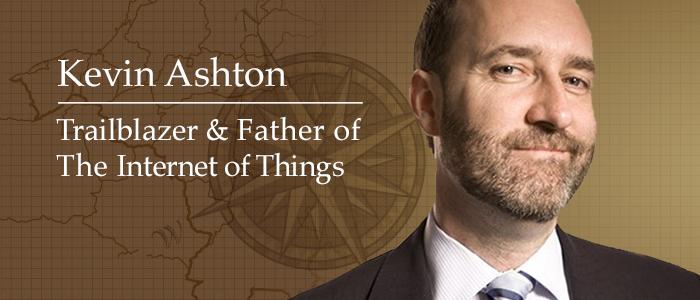
物聯網這個術語表面上看起來相當模糊。什麼東西?難道一切……不是一件事嗎?物聯網範疇內的這些東西到底是什麼?
「事情可以指… 心臟監測植入物, 生物晶片 農場動物身上的應答器、沿海水域的電蛤、內置感測器的汽車、用於環境/食品/病原體監測的 DNA 分析設備或協助消防員的現場操作設備 搜救 營運…目前的市場範例包括智慧家庭設備,例如照明、暖氣、通風、空調系統的控制和自動化,以及使用Wi-Fi 的洗衣機/烘乾機、機器人吸塵器、空氣清淨機、烤箱或冰箱/冰櫃等電器用於遠端監控。4
當然,這些只是物聯網傳播到全球日常生活的幾個例子。種種跡象表明,物聯網將在能源管理系統和未來智慧城市的發展中發揮至關重要的作用。

已深度投資物聯網技術及應用的十大企業: 5
亞馬遜
手臂
美國電話電報公司
博世
思科
戴爾
富士通
通用電氣
惠普
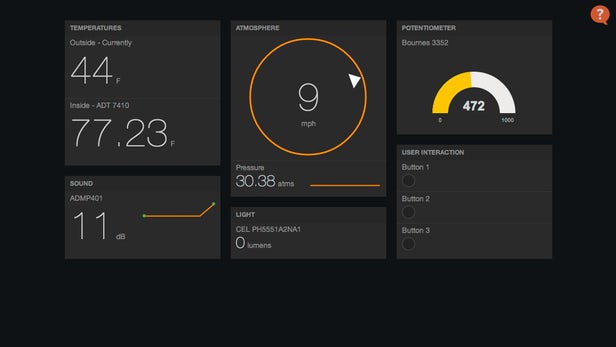
與物聯網 (IoT) 相關的實用術語表:
物聯網: 由互聯網連接的物件組成的網絡,能夠使用嵌入式感測器收集和交換資料。
物聯網設備: 可以從遠端位置監控和/或控制的任何獨立的互聯網連接設備。
物聯網生態系: 使企業、政府和消費者能夠連接到其物聯網設備的所有元件,包括遙控器、儀表板、網路、閘道、分析、資料儲存和安全性。
實體: 包括企業、政府和消費者。
物理層: 製造物聯網設備的硬件,包括感測器和網路設備。
網路層: 負責將實體層採集到的資料傳輸到不同的設備。
應用層: 這包括設備用於相互識別和通訊的協定和介面。
遙控器: 啟用使用物聯網設備的實體 使用儀表板(例如行動應用程式)連接和控制它們。它們包括智慧型手機、平板電腦、個人電腦、智慧型手錶、連網電視和非傳統遙控器。
儀表板: 向使用者顯示有關物聯網生態系統的信息,並使他們能夠控制自己的物聯網生態系統。它通常安裝在遙控器上。
分析: 分析物聯網設備產生的數據的軟體系統。此分析可用於各種場景,例如預測性維護。
資料儲存: 來自 IoT 設備的資料的儲存位置。
網路: 互聯網通信層使實體能夠與其設備通信,有時使設備能夠相互通信。
物聯網的可負擔性導致大規模應用
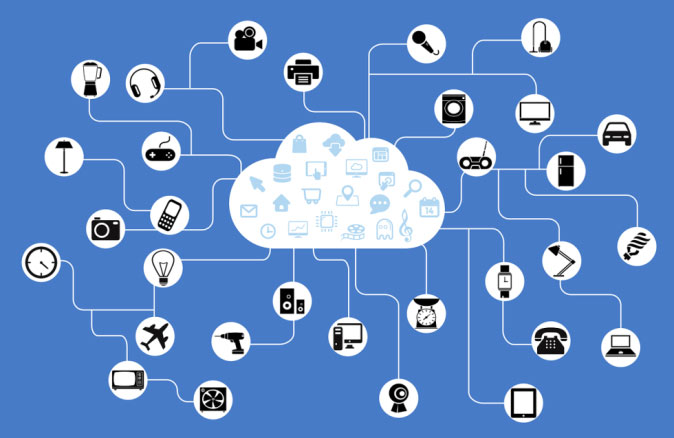
儘管事物目前看起來很先進,但就技術而言,變化是快速且持續的。隨著新發現和所獲得知識的應用推動我們走向不可避免的未來和技術進化的確定性,今天的驚人進步很快就會成為過去。
儘管估計有所不同,但目前的預測預計,在短短三年內,地球將被數十億個物聯網互連設備淹沒。
「當我們接近這一點時, $6億 將流入物聯網解決方案,包括應用程式開發、設備硬體、系統整合、資料儲存、安全性和連接性。但這將是值得的,因為到 2025 年這些投資將產生 $13 兆美元。7 企業、政府和消費者將最能感受到這些投資的好處。
幾乎所有現有公司都可以以某種方式從物聯網中受益。 GPS 支援允許對組織內的車輛、產品甚至人員進行定位和互連。潛在的應用是無數的。運輸公司不僅可以追蹤其車隊的位置,還可以遠端控製冷藏裝置的溫度等。送貨公司可以輕鬆確定預期物品的位置,減輕消費者對到達時間的擔憂。 “感測器還可以測量駕駛行為和速度等項目,以減少燃油費用和消耗品的磨損。8
物聯網將徹底改變醫院的流程,使醫護人員能夠立即找到所需的設備,輕鬆找到工作人員,並持續監控設備的狀況。同樣,設備的遠端操作允許醫生、護士、外科醫生和其他衛生專業人員在場外治療和監測患者,從而改善獲得最佳護理的機會。
消費者將以無數有用的方式利用物聯網,在不久的將來,整個家庭將實現互聯和互通。烹飪、清潔、洗衣、日程安排、照明……很難想像物聯網不會參與的場景。當設備、工具或車輛需要或需要維修時,家用智慧電錶 會通知業主,甚至安排維護。
物聯網是未來
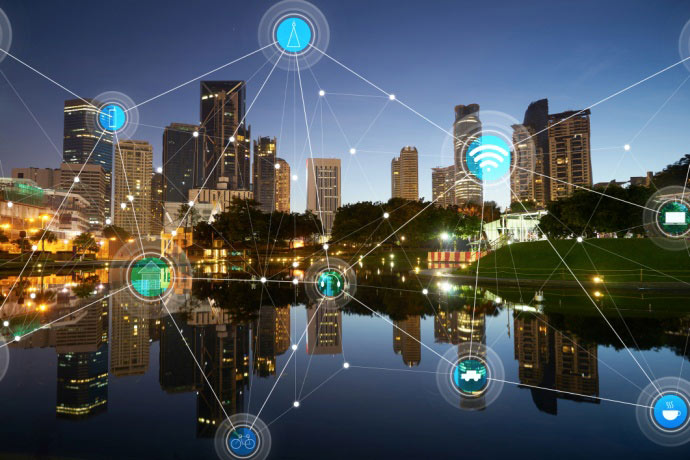
不久前,實現物聯網這樣的概念實在太昂貴了。如今,電信變得更加廣泛和高效,網路幾乎無所不在。最重要的是,現在製造具有板載 Wi-Fi 的感測器比以前便宜得多。因此,連接世界上所有的設備也更便宜。
回顧不久前,誰能預見智慧型手機技術的爆炸性普及? 「智慧型手機的使用已經超出了所有預測的限制,電信業已經在努力透過改善基礎設施來讓客戶滿意。作為 物聯網設備 與現有的物聯網技術相比,不需要單獨的通信,這是非常便宜且高度可行的。9
物聯網的缺點
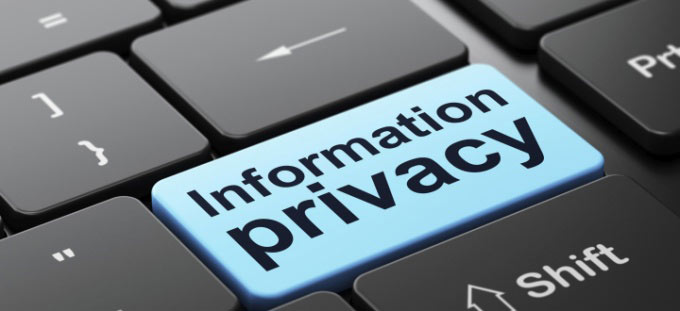
儘管物聯網擁有巨大的潛力,但人們仍對其在幾個重要領域的更廣泛影響感到擔憂。其中之一是就業。不難想像,當感測器、機器和設備可以完成曾經由訓練有素的專業人員完成的工作時,為什麼會失去大量工作。
顧問公司 Zinnov 上週發布的一份報告稱,到 2021 年,物聯網將影響印度 12 萬個就業崗位,儘管可能裁員 9.4 萬人。
同時,未來幾年只會創造25,000個就業機會。造成這種情況的主要原因是自動化程度的提高,人類將被能夠處理相同工作的技術所取代。10
與印度一樣,美國和全球其他地方也存在類似的失業擔憂。用一千部科幻電影的話來說,「抵抗是徒勞無功的」。那麼可以做什麼呢?這是整個社會面臨的大問題。以前可靠的工作不會再回來了。針對經常被提及的未來工作的培訓不存在或滯後。物聯網有望加劇因自動化猖獗而引發的問題。全人類有責任重新發明、適應並推動這個不確定的未來。沒有回頭路。
從好的方面來看,企業 將要 需要物聯網專家幫助他們整合新興技術並最大化投資。他們還需要數據分析師,以便最好地利用他們可以獲得的所有新資訊。這些將是高技能職位,需要訓練有素且準備就緒的勞動力。
失業、缺乏隱私、科技成癮
如今,駭客盛行,其技術水平似乎總是與技術進步並行,我們可以預期物聯網將成為非法駭客活動甚至潛在恐怖主義的主要領域。畢竟,資訊就是金錢,如果政府電腦可以如此輕易地被駭客入侵,那麼我們自己的電腦很容易成為資料竊賊的目標,這是理所當然的。
「隱私問題也引發了一個問題:誰將控制物聯網? 如果只有一家公司,則可能會導致壟斷,損害消費者和其他公司。 如果有多家公司有權存取所獲取的資訊,這是否會侵犯消費者的隱私? 另外,這些資訊將儲存在哪裡?11
對於嬰兒潮世代來說,可能很難理解不熟悉老式電話或不去圖書館尋找資訊的年輕一代。與大多數科技進步一樣,網路時代既是福也是禍。適度是健康互動的關鍵,許多人能夠平衡上網和離線的時間。
然而,對於那些在無盡的信息兔子洞中徘徊,或者在生命中輝煌的日出和日落流逝時仍然緊盯著小手機屏幕的人來說,對技術的不健康依賴不僅對個人,而且對整個社會的更大結構。 “取決於個人對資訊的依賴程度
如果系統崩潰,所提供的可能是有害的。 我們對互聯網的信任越多,對互聯網的依賴就越多,如果互聯網崩潰,可能會導致潛在的災難性事件。12
超越物聯網
“我們正在進入社會發生變化的歷史性中斷之一。”
有一點是肯定的,技術的進步永遠不會停止。在我們習慣改變之前,其他改變已經發生,我們必須再次適應。物聯網也是如此,亞當·博斯沃思 (Adam Bosworth) 等有遠見的人致力於進一步推動世界互聯。博斯沃斯喜歡的術語是 數據奇點.
「我有興趣影響 50 億人,」博斯沃思先生說,他曾是微軟和谷歌的明星,現在在 Salesforce.com是一家線上軟體公司,為數千家公司提供銷售服務。 “我們正在進入社會發生變化的歷史性中斷之一。”13
博斯沃思設想世界將更加無線連接,幾乎所有可以想像的東西都配備了感測器。不只是產品和人員,還有門、汽車零件、水壩等日常用品。像GE 和IBM 這樣的大公司已經走在了這個新興技術願景的最前沿,想著數十億個感測器和設備與遠端資料中心和無數伺服器進行無線通信,這些伺服器收集、分析和處理所有傳入的信息。
作為回應,觸發的伺服器向這些感測器和設備發出指令,使它們以有利於消費者、公司和社群的方式做出反應。博斯沃思想像加熱裝置可以預測即將到來的寒冷天氣,保險公司可以立即對事故索賠做出反應,因為車輛本身已經傳遞了有關事故的相關資訊。或者,路燈和交通號誌會根據交通量自動調整。
在這個不太遙遠的環境中,設備將在短短的時間內累積資訊、分析資訊並做出反應。這種數據奇點所帶來的提升將遠遠超出簡單的效率。他們將看到他們購買的產品根據消費者的品味、習慣和生活方式而不斷改進。 這種情況已經在智慧型手機、一些更先進的汽車以及娛樂系統中發生。
「分析師預計,人們將爭奪擁有和管理這些系統及其數據,而Google、亞馬遜和微軟等少數幾家公司將獲得越來越多的權力,這些公司已經擁有全球運算系統,並有能力實現這一目標。14
在 SIS 國際研究中心,我們認識到物聯網改變世界的重要性。我們也是追蹤消費者行為並將這些資訊轉化為可行建議的專家。和您一樣,我們正在利用這項令人興奮的新技術來擴大我們對全球商業格局的視野,並利用大量傳入資訊來更好地為我們尊貴的客戶提供服務。
我們可以共同利用物聯網的力量來最好地評估您的物聯網市場研究需求,啟動競爭情報工作,並為您的企業提供最佳定位,以便在這個充滿挑戰的新時代中自信地實現盈利。
SIS International Research 是一家全球領先的市場研究和市場情報公司,提供全面的研究服務和資訊策略分析。我們服務過許多全球最大、最有影響力的公司,為超過70%的財富500強企業提供服務。我們公司為 120 多個國家的 50 多個產業進行物聯網市場研究、商業情報和競爭情報。只有 SIS International(原戰略情報系統公司)擁有專業知識、全球資源、思想領導力和綜合研究,能夠對整個市場格局進行全面洞察。借助我們的綜合研究和情報,我們的客戶可以從全面的決策洞察中獲得優勢。 25 年來,SIS 國際研究已在 120 多個國家開展研究項目,並不斷擴大其覆蓋範圍。
SIS 國際研究 – 11 E 22ND 聖(2ND 樓層) – 紐約,紐約 – 10010 – 212 505 6805




